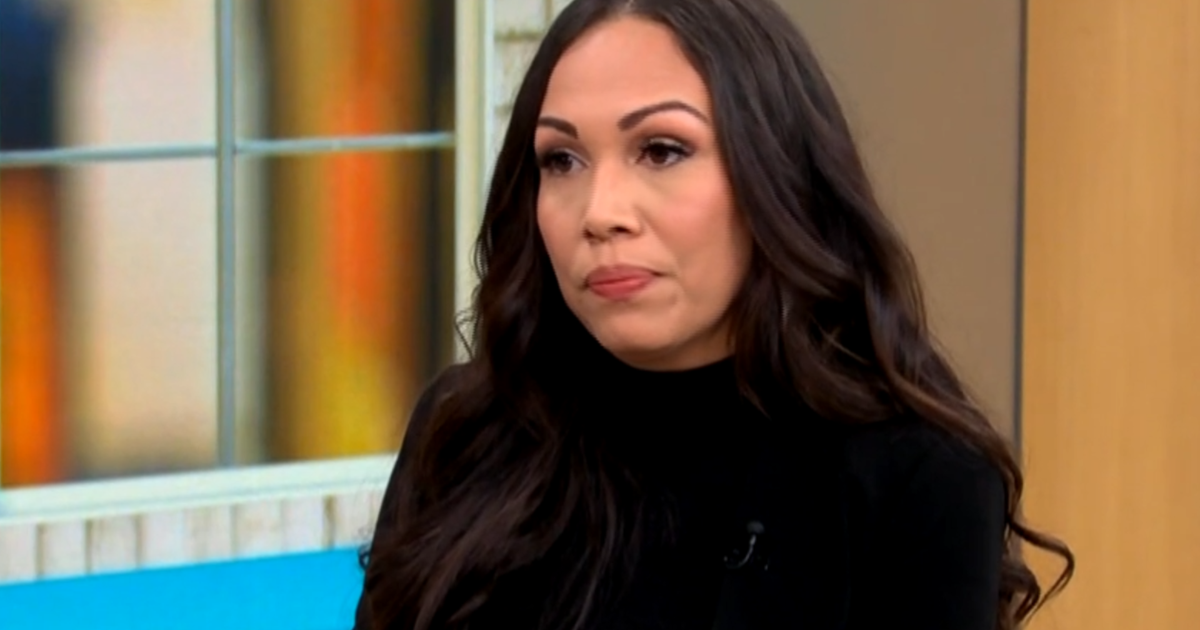Contrails — the lines behind airplanes — are warming the planet. Could an easy AI solution be on the horizon?
Artificial intelligence could be used to prevent planes from creating planet-warming condensation trails, or contrails, according to a new study. Exactly how much impact contrails have on global warming is still being studied, but one recent study found the feathery streaks in the sky can trap enough heat to account for about 35% of the aviation industry's climate impact.
"A contrail could form and then just dissipate, but the contrails that persist can be very warming," Jill Blickstein, vice president of sustainability at American Airlines, said.
The airline recently joined a study led by Google and Breakthrough Energy, which is a Bill Gates-created organization that helps fund technology to reduce emissions. The study found pilots could use contrail forecast maps developed by AI to make slight altitude adjustments during trips. That could decrease contrail creation by more than 50%
How the study worked
Contrails only form when airplanes fly through layers of humidity at higher altitudes. Google and Breakthrough Energy used satellite imagery, weather information and flight path data to identify which flight routes create the worst contrails.
"The way to avoid the contrail is to descend a little bit, think like 2,000 feet, 4,000 feet," Blickstein said.
During 70 test flights from January 2023 to June 2023, pilots used the data to make the slight altitude adjustments.
"What the test showed is that you could use the predictions to avoid creating a contrail," Blickstein said.
The companies released the findings of the study in August 2023.
Additional data for flight planning
Blickstein said she initially had concerns about how participating in the study would impact flights.
"Are we going to have to tell the passengers why the plane is descending, and what's the FAA going to say, and as we got into it, it ended up being a lot easier than I expected," she said.
Blickstein believes preventing contrails is no different than when a pilot descends to avoid turbulence.
"We do a lot of flight planning all the time," she said. "This is just one more thing you're adding in."
Tradeoffs to preventing contrails
Airlines must consider the tradeoffs that could occur when working to prevent contrails. When a flight descends it burns 2% extra fuel, according to the Google research team.
"We have to take that pretty seriously, right," Blickstein said. "We know the warming impact of carbon dioxide."
Too much carbon dioxide and other greenhouse gases in the atmosphere is what drives climate change. Carbon dioxide comes from the fossil fuel energy we use, the vehicles we drive and the products we make. According to NASA, people have increased the amount of carbon dioxide in the atmosphere by 50% since the beginning of the 18th century.
Aviation is responsible for about 3.5% of human-caused climate change, from things like fossil fuels and contrails, according to a 2020 study.
Not all contrails contribute to global warming. According to Google researchers, only about 15% of flights need to avoid making contrails to help with this effort. The company estimates that adds up to about 0.3% more fuel across an airline's fleet, in exchange for eliminating heat-trapping contrails.
Safety is also something airlines must ensure. Before descending to prevent contrails from forming, pilots must ask permission from the FAA tower first.
"The skies are crowded up there, and so we have to see if we can do this, obviously with no impact on safety, but also in kind of a way that doesn't put too much extra burden on the control tower," Blickstein said.
The future of flight planning
One way to address the potential extra burden on the control tower would be to build those maneuvers into a pilot's flight plan before a plane ever takes off. Then, a pilot wouldn't have to ask the control tower during the flight to descend.
"You could get some efficiency," Blickstein said. "It starts to look like it could be a very cost-effective warming mitigation strategy."
What's next?
Blickstein said they plan to also test contrail avoidance on longer, overnight flights. She's already talking with other airlines about what American learned from the test.
She believes contrail avoidance could "take flight" industry-wide in the next two to five years.




